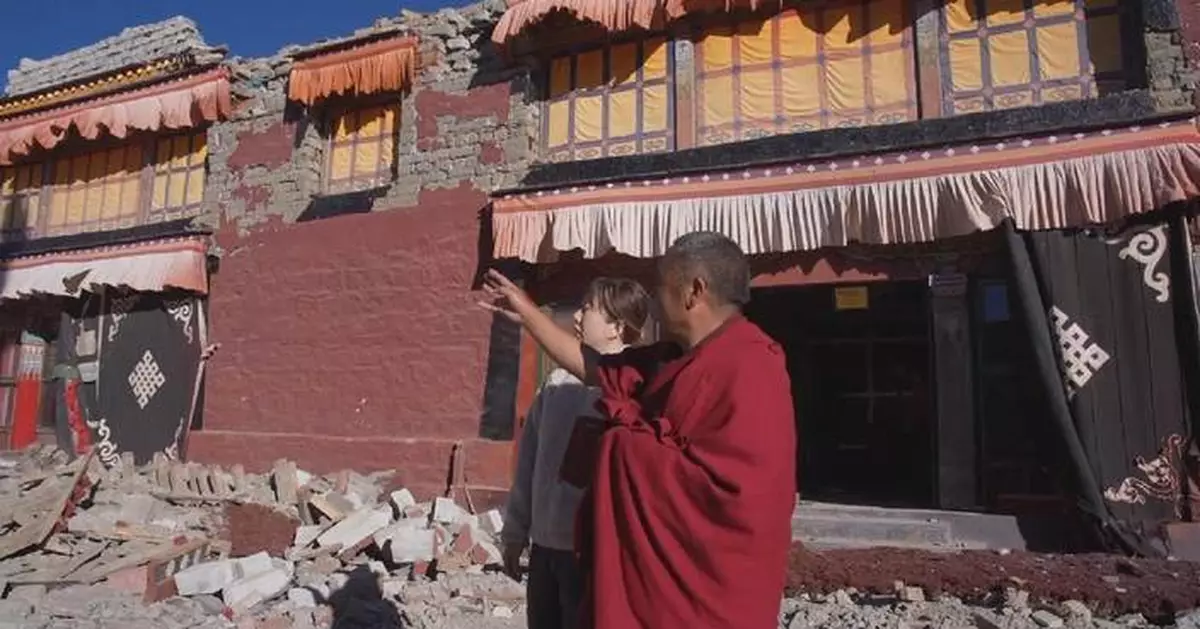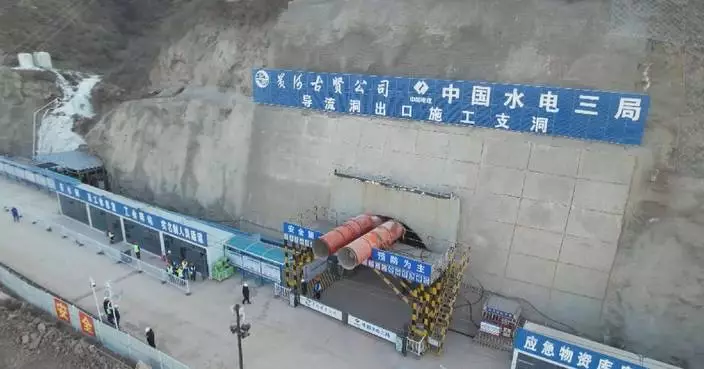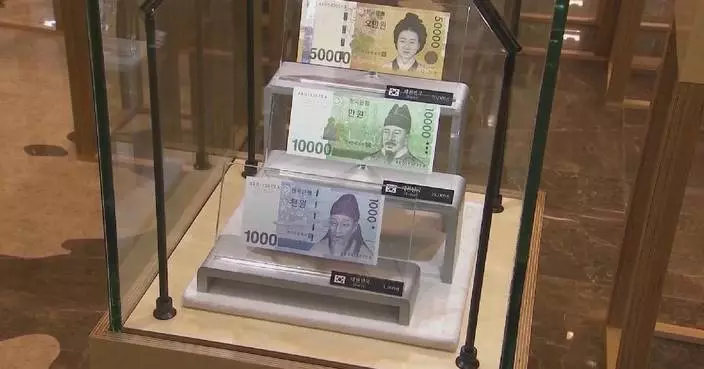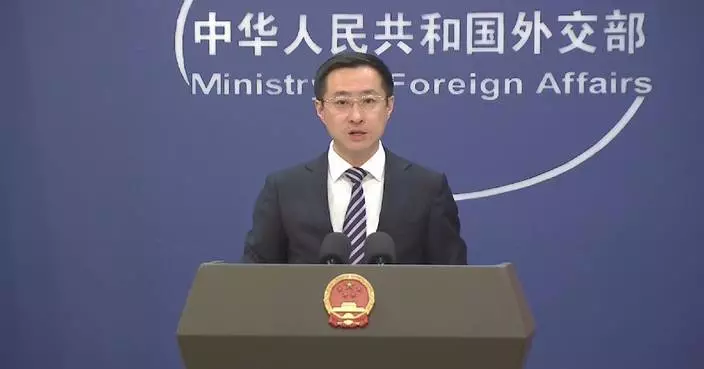Reconstruction plans are already underway to restore damaged Buddhist monasteries from a devastating earthquake earlier this month in southwest China's Xizang Autonomous Region as part of post-quake relief efforts.
The 6.8-magnitude earthquake struck Dingri County on January 7, leaving 126 people dead, including two nuns, and 337 others injured. In total, six temples in the region suffered significant damage from the powerful earthquake.
A rite for the deceased took place in a makeshift sutra hall in Dingri County. For the mourning villagers, the monks with the Sengar Chode Monastery offer some consolation.
A short walk away is the monastery, now in ruins from the earthquake. Abbot Thubten recalls that fateful morning on January 7, when all the buildings collapsed except for the main hall, and that's where all 22 monks of the monastery happened to be.
"It's so fortunate we were in here for morning prayers. If we had been in the dormitory, we would have all been doomed," he said.
However, a more than 600-year-old nunnery was hit hard. Once Tserin Wangdui, party secretary of the Dingri County Sengar Chode Monastery management committee, spotted the damage from his office, he and a group of people rushed up the steep hill to the Dzongbu Temple. They were able to retrieve six nuns from the rubble, four of whom survived.
At the Sengar Chode Monastery, three thick walls, which embody 600-year-old murals, standing in the main hall have been assessed by experts to be important cultural relics that must be preserved. It will require special technicians to dismantle then rebuild the temple, all while leaving these ancient paintings intact.
Built in 1541, this Gelug monastery serves some 4,000 Buddhist believers in the region.
Standing amid the ruins, the abbot reflects on what transpired.
"Through this disaster, we should all realize that those who are alive must be even more united in the future," said Thubten.
Having gone through this ordeal together, the monastery's relationship with its government regulator is also said to have shifted.
"In the past, they sometimes thought we were here just to supervise them and had some opinions about it. But after we helped them with disaster relief this time, their perception of us has changed, and our perception of them has also shifted," said Tserin Wangdui.
Rebuilding an ancient monastery is, in many ways, even harder than constructing one from scratch. But it will be done because preserving culture and history matters. For the religious people in Xizang, seeing their treasured monasteries restored will be one more step towards healing.
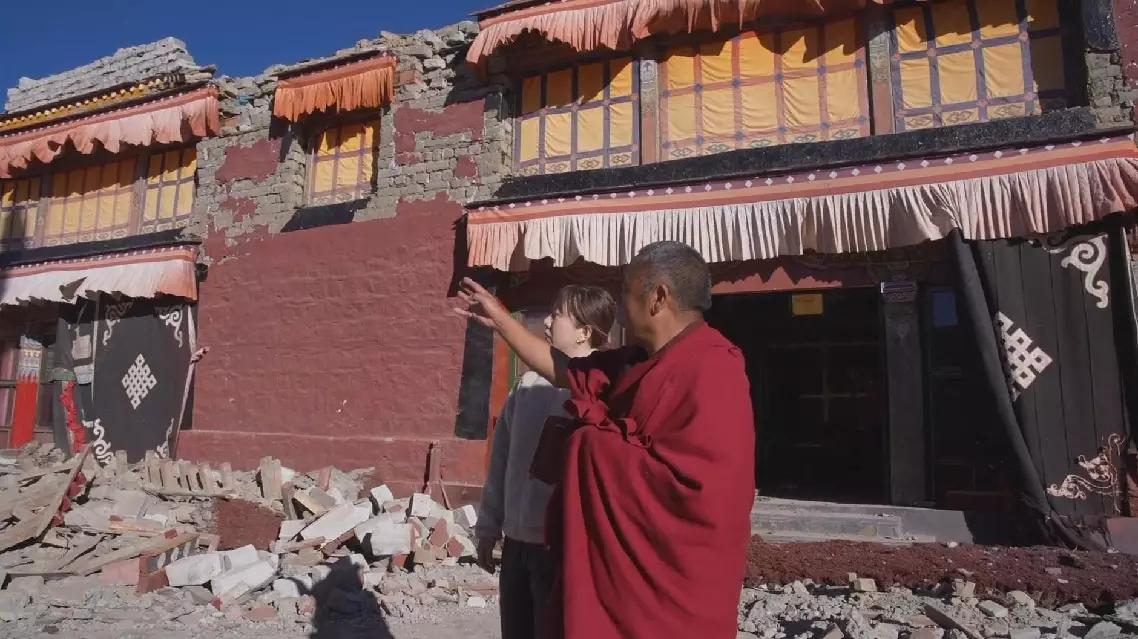
Efforts underway to restore quake-damaged Buddhist temples in southwest China's Xizang


